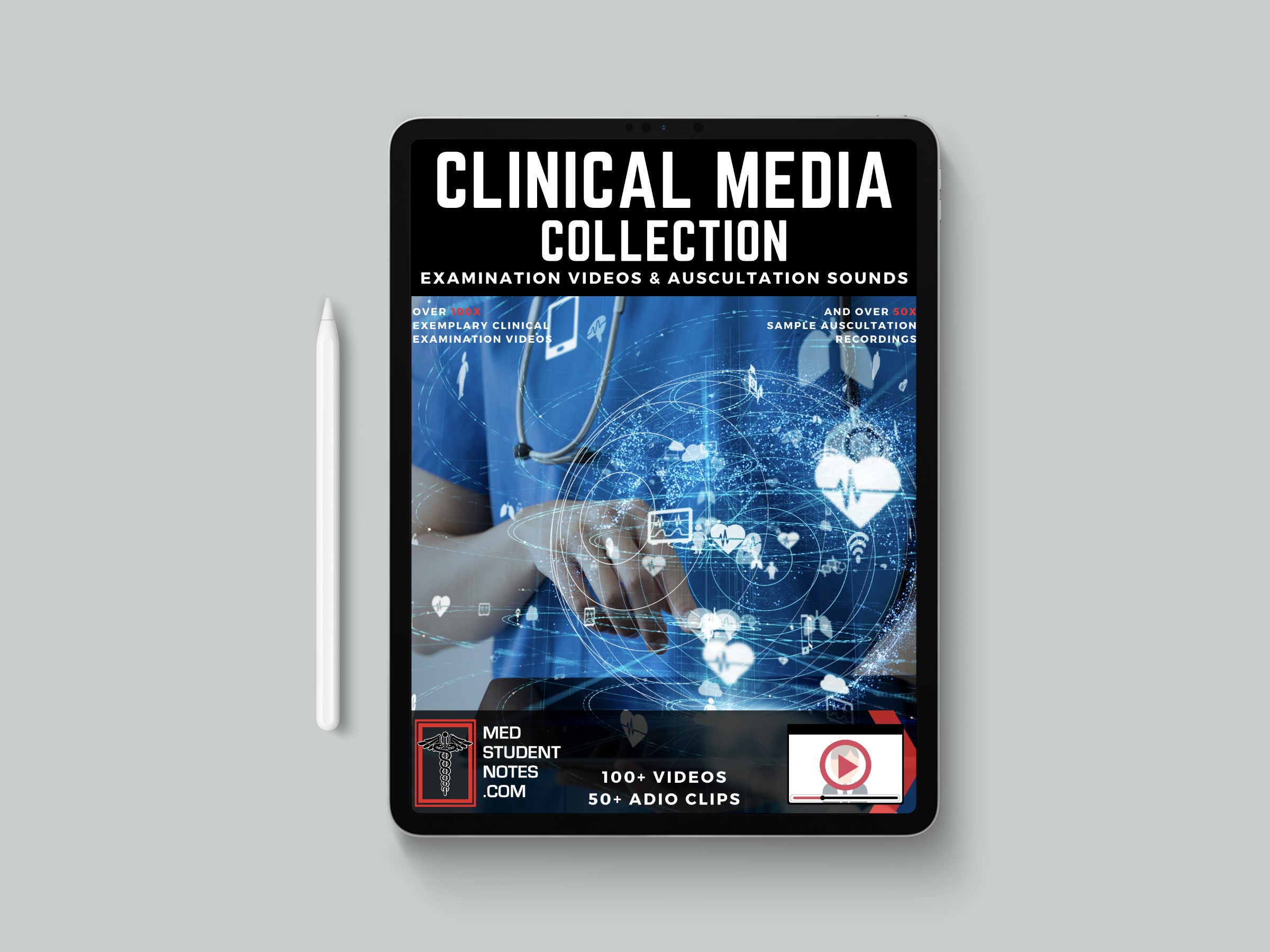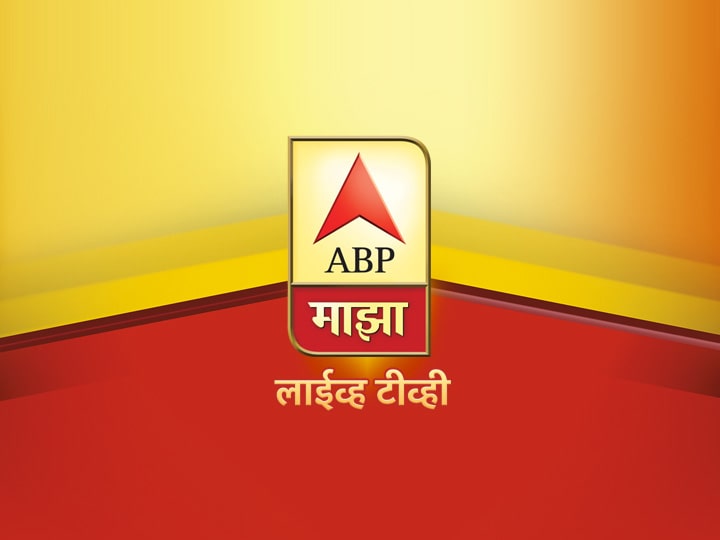The family of Macintosh operating systems developed by Apple Inc. includes the graphical user interface-based operating systems it has designed for use with its Macintosh series of personal computers since 1984, as well as the related system software it once created for compatible third-party systems.
In 1984, Apple debuted the operating system that is now known as the "Classic" Mac OS with its release of the original Macintosh System Software. The system, rebranded "Mac OS" in 1996, was preinstalled on every Macintosh until 2002 and offered on Macintosh clones for a short time in the 1990s. Noted for its ease of use, it was also criticized for its lack of modern technologies compared to its competitors.Read More..
Nine major versions of the classic Mac OS were released. The name "Classic" that now signifies the system as a whole is a reference to a compatibility layer that helped ease the transition to Mac OS X.
- Macintosh System Software – "System 1", released in 1984
- System Software 2, 3, and 4 – released between 1985 and 1987
- System Software 5 – released in 1987
- System Software 6 – released in 1988
- System 7 – released in 1991
- Mac OS 8 – released in 1997
- Mac OS 9 – final major version, released in 1999
Mac OS X/OS X/macOS
macOS (originally named "Mac OS X" until 2012 and then "OS X" until 2016) is the current Mac operating system that officially succeeded the classic Mac OS in 2001.
Although the system was originally marketed as simply "version 10" of Mac OS, it has a history that's largely independent of the classic Mac OS. It is a Unix-based operating system built on NeXTSTEP and other technology developed at NeXTfrom the late 1980s until early 1997, when Apple purchased the company and its CEO Steve Jobs returned to Apple.Precursors to the original release of Mac OS X include OpenStep, Apple's Rhapsody project, and the Mac OS X Public Beta.
macOS makes use of the BSD codebase and the XNU kernel,and its core set of components is based upon Apple's open source Darwin operating system.
Releases
The first desktop version of the system was released on March 24, 2001, supporting the Aqua user interface. Since then, several more versions adding newer features and technologies have been released. Since 2011, new releases have been offered on an annual basis.
An early server computing version of the system was released in 1999 as a technology preview. It was followed by several more official server-based releases. Server functionality has instead been offered as an add-on for the desktop system since 2011
| Mac OS X Server 1.0 | macOS Server |
|---|
Other projects
A/ROSE
The Apple Real-time Operating System Environment (A/ROSE) was a small embedded operating system which ran on the Macintosh Coprocessor Platform, an expansion cardfor the Macintosh. The idea was to offer a single "overdesigned" hardware platform on which third-party vendors could build practically any product, reducing the otherwise heavy workload of developing a NuBus-based expansion card. The first version of the system was ready for use in February 1988.
A/UX
In 1988, Apple released its first Unix-based OS, A/UX, which was a Unix operating system with the Mac OS look and feel. It was not very competitive for its time, due in part to the crowded Unix market and Macintosh hardware lacking high-end design features present on workstation-class computers. A/UX had most of its success in sales to the U.S. government, where POSIX compliance was a requirement that Mac OS could not meet.
MAE
The Macintosh Application Environment (MAE) was a software package introduced by Apple in 1994 that allowed users of certain Unix-based computer workstations to run Apple Macintosh application software. MAE used the X Window System to emulate a Macintosh Finder-style graphical user interface. The last version, MAE 3.0, was compatible withSystem 7.5.3. MAE was available for Sun Microsystems SPARCstation and Hewlett-Packard systems. It was discontinued on May 14, 1998.
MkLinux
Announced at the 1996 Worldwide Developers Conference (WWDC), MkLinux is an open source operating system that was started by the OSF Research Institute and Apple in February 1996 to port Linux to the PowerPC platform, and thus Macintosh computers. In the summer of 1998, the community-led MkLinux Developers Association took over development of the operating system. MkLinux is short for "Microkernel Linux," which refers to the project's adaptation of the Linux kernel to run as a server hosted atop theMach microkernel. MkLinux is based on version 3.0 of Mach.
Star Trek
Star Trek (as in "to boldly go where no Mac has gone before") was a relatively unknown secret prototype beginning in 1992, whose goal was to create a version of the classic Mac OS that would run on Intel-compatible x86 personal computers. In partnership with Apple and with support from Intel, the project was instigated by Novell, which was looking to integrate its DR-DOS with the Mac OS GUI as a mutual response to the monopoly of Microsoft's Windows 3.0 and MS-DOS. A team consisting of four from Apple and four from Novell was able to get the Macintosh Finder and some basic applications such as QuickTime, running smoothly on the x86 architecture. The project was canceled a year later in early 1993, but some of the code was reused later when porting the Mac OS to PowerPC.
Taligent
Taligent (a portmanteau of "talent" and "intelligent") was the name of an object-oriented operating system and the company dedicated to producing it. Started as a project within Apple to provide a replacement for the classic Mac OS, it was later spun off into a joint venture with IBM as part of the AIM alliance, with the purpose of building a competing platform to Microsoft Cairo and NeXTSTEP. The development process never worked, and Taligent is often cited as an example of a project death march. Apple pulled out of the project in 1995 before the code had been delivered.
Copland
Copland was a project at Apple to create an updated version of the classic Mac OS. It was to have introduced protected memory, preemptive multitasking and a number of new underlying operating system features, yet still be compatible with existing Mac software. As originally planned, a follow-up release known as "Gershwin" would add multithreadingand other advanced features. New features were added more rapidly than they could be completed, and the completion date slipped into the future with no sign of a release. In 1996, Apple decided to cancel the project outright and find a suitable third-party system to replace it. Copland development ended in August 1996, and in December 1996, Apple announced that it was buying NeXT for its NeXTSTEP operating system.
Timeline
Understanding Open Source Software, and How It Makes You Money Online
What on Alan Turing’s* Good Green Earth Is “Open Source,” Anyway?
Some of the definitions of OSS that you’ll find on the internet get super technical. They’ll talk about software licenses like the GNU GPL, MIT, Apache, or some variant of the Creative Commons license. Here’s the simplified version of all those: Don’t steal stuff. For this article, you won’t need to know much more legal information than that. Thank God.
A Short-ish List of Massive Open Source Projects That Run the World, and Maybe Your Life
Just to give you some perspective, here’s a list of high-profile software that is either entirely open source or based on open-source code:
Audacity – audio recording and editing software
Blender – 3D graphics software
Drupal –a popular content management system (CMS)
Firefox – a web browser
Google Chrome – based on Chromium
iOS – operating system on all Apple phones and tablets, based on Unix
Joomla – a popular content management system
LibreOffice – and office software suite
MacOS – operating system on all Apple PCs, based on Unix
Magento – a popular ecommerce CMS
MediaWiki – the software that runs Wikipedia
Microsoft Edge – a web browser; the new beta version is based on Chromium
Opera – a web browser, based on Chromium
Playstation 4’s Operating System – based on FreeBSD, which is sort of like Unix
VLC Media Player
Vivaldi – my favorite web browser, based on Chromium
WordPress – the content management system that runs a third of the Internet
Advantages and Disadvantages of OSS & Proprietary Software
So I’ve outlined the philosophical reasons why open source software is a good idea, but philosophy, I am sad to say, does not pay the bills. If it did, every college student in the world would be rich. It’s time to look at OSS from a business perspective.
Let’s say you’ve got a server to run, or a website to publish. You’re presented with a few proprietary software options, and a few open source options. Which should you choose?
Naturally, it depends on your requirements, along with your existing assets and technologies. I’ll get into those considerations more later. For now, let’s address some of the more basic advantages and disadvantages you’re likely to run into. I’ve already mentioned some of these differences, but here’s how they affect you and your company.
How OSS Changed the Whole Internet
Okay, if you skipped the earlier parts of this article, well… don’t skip this one. This is where you get to learn why the internet and OSS are inseparable.
Yet More History: OSS Made the Internet Work for Us All
According to my slightly scientific research, at least a third of all technological innovation is driven by military organizations looking for new and better ways to kill people. Another third is driven by adult content. The remaining third is the result of a bunch of nerds saying dangerous things like, “What would happen if…?”
If you guessed it was that last situation that gave us the internet, congratulations! You’re exactly… wrong. The internet we know was originally based on a project called “ARPANET,” which was run by the U.S. Department of Defense. So it was all big-time military, at least at first.
How to Choose the Right OSS for You
At this point, you’ve read more than enough, and you might be thinking, “Well, that’s all great! Now what software do I need? Is it WordPress? He said WordPress a lot.”
Sure, WordPress… maybe. At long last, it’s time for me to give you some practical advice. If this is the only thing you wanted to find in this whole article, then… I am so sorry.
First Step: Defining Your Needs and Goals
When choosing any software at all, you need to ask yourself, “What do we need the software to do, specifically? And do get very specific. Software that can “run a server” or “manage a website” is common enough. Software that can manage thousands of real estate listings, show them on your website, and make it easy to assign the listings to individual real estate agents is far less common.
No matter what problem you’re looking to solve, you need to divide it up into specific tasks. Then look for software that can perform all, or at least most, of those tasks. Also, it’s nice if the software performs those tasks in a way that doesn’t drive your staff crazy.
Decide on Your Budget
Okay, free is much better than expensive, but free OSS can come with some costs that might be hidden at first. These costs are usually lower than the ones you’ll encounter with proprietary software, but they do exist. For one, if you want professional support, that will generally cost you. Even if you decide to have your in-house IT team maintain the software for you or develop any missing features you need, that costs money, too.
Examine Your Existing Assets
Around the same time as you’re working out your budget, it might be a good idea to look at what you already have. Do you have an IT team? What skills do they have? What programming languages do they know?
Do you already have servers, either on site or in the cloud? (ALWAYS remember, by the way, that “the cloud” is just someone else’s computer.) Are your servers compatible with the software you want to run? If the software is a local desktop app, are your existing computers compatible with it? (I know, that seems like a no-brainer… but people often forget to check.)
The Tradeoff Between Complexity and User-friendliness
In an ideal world, even highly complex software would be super easy to use. In the real world… we all wish. Take a careful look at how many things you need the software to do, and keep in mind that software gets a little bit harder to use with every feature added. This is a problem with many so-called “silver bullet” applications, which promise to solve all of your problems at once.
Remember also that every added feature means more time training people in how to use the software, and one more thing that can break down at exactly the wrong time. Every extra feature is more space taken up on your servers or desktop computers. Look for software that does exactly what you need, and nothing more. You might even choose an OSS project that does most of what you need, and have an in-house programmer add the missing features
For example, if you need a blog, and only a blog, grab a stripped-down blog CMS. If you need graphics software that can edit a whole bunch of photos quickly, download Darktable (an Adobe Lightroom alternative), not the GIMP. Okay, I’ll explain that one. GIMP stands for GNU Image Manipulation Program. It’s a Photoshop alternative, and the source of countless bad jokes.
My point is, don’t be too quick to pick a general tool. Find out if there’s a specialized program that will do the job better, and more easily.
Assess the Ecosystem of the Software
Bigger and better-known software comes with a third-party ecosystem. The Windows ecosystem, for example, includes every program that can run on Windows, while Photoshop’s includes all of the plugins, brushes, and other resources for the program. There are similar ecosystems for most big OSS projects.
This all means that even if a program doesn’t do something you need by default, there may well be a plugin that does the job. And if there isn’t a plugin, maybe you can find a tutorial that teaches you how to make the program do what you need it to do. Or maybe someone else “forked” (made their own version of) the original project, creating a version with the extra features you need.
With plugins, you can even turn WordPress into a social networking site. I wouldn’t recommend doing that, but you could. They’re that powerful. Heck, someone actually forked the GIMP project just to give it a different name. Such large, community-driven projects almost always have easy ways to extend or alter them, and savvy users take full advantage of that opportunity.
So before you reject a potential OSS solution because it doesn’t have everything you need, check to see if anyone else has already solved your problem.
The Future of OSS
Surprising disclaimer: I am not precisely qualified to predict the future. Still, a few things are clear.
First: OSS isn’t going anywhere. Windows owns the desktop market for now, but that’s about it. Even software giants have had to face the reality that it’s hard to compete with a free option.
Second: Corporations now take an “If you can’t beat ‘em, you have to join ’em” attitude toward OSS. While many in the open source community are understandably wary of companies that used to openly hate OSS now getting involved with it, this trend isn’t going to stop. Their reasons may be selfish rather than idealistic, but these software giants pour money into the OSS community, paying for a lot of development.
Third: OSS development, partially as a result of corporate involvement, has gone mainstream. Many big-name software developers contribute to open source projects, or release their own, as a way to show off. Aspiring coders who ultimately want to work in the proprietary realm add their own contributions to OSS projects in order to have something to show in their portfolios.
“[I see] A general move into mostly web based techs and less native apps. Big companies like internet based stuff because you get live user data at scale. Having that data split between multiple platforms is hard to maintain. Frameworks and languages will always continue to grow and evolve, come and go, just like religions do.”
Chris AKA tankyspanky, Reddit user.
Okay, time to dream big – will all software be free and open source in the future? Okay, time to crush those dreams – not any time soon. There is far too much money to be made selling software. And in some industries like video editing, OSS has a long way to go before it catches up with the best proprietary software. Nevertheless, in the future, it will be rare to find programmers who haven’t worked on open source projects at some point in their careers.
“My strong belief and hope is that we see a radical simplification of the front-end side of web sites in the future. People are pretty unhappy with heavy websites, because they’re slow and behave weirdly. It shouldn’t take 50 megabytes of data to load 20 kilobytes of text, and shouldn’t be popping up notifications, inappropriately accessing for location information, autoplaying videos, and just generally creating a hostile experience for web users.
These heavy front-end frameworks like React are a major part of this problem, and I wouldn’t be surprised if we started scaling back to simpler front-end frameworks in the future, and maybe even go back to server side rendering for a lot of things.”
Kyle Drake
Those idealistic programmers of the 1980s started a movement that’s going to last a long, long time. You’re already using software spawned from that movement, so it’s time to give it a closer look. And yes, I mean an even closer look than I gave you in this article. Dig into the code and have fun!

















































